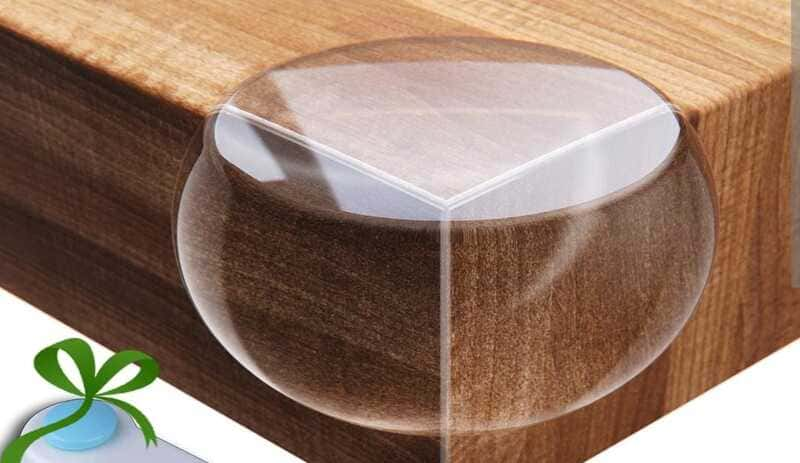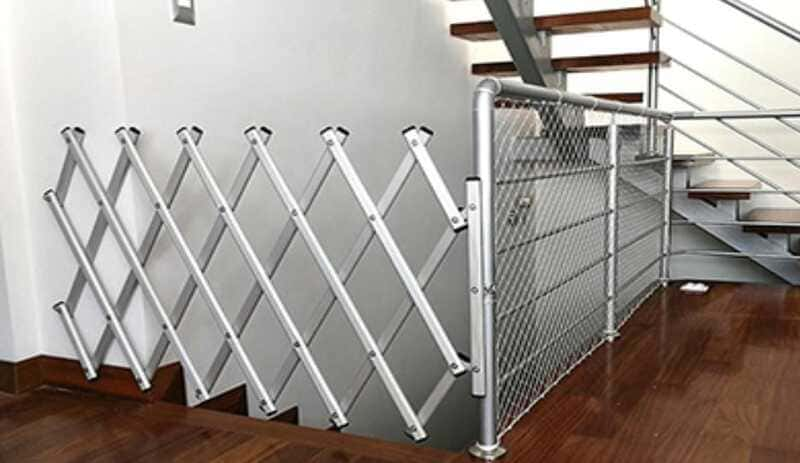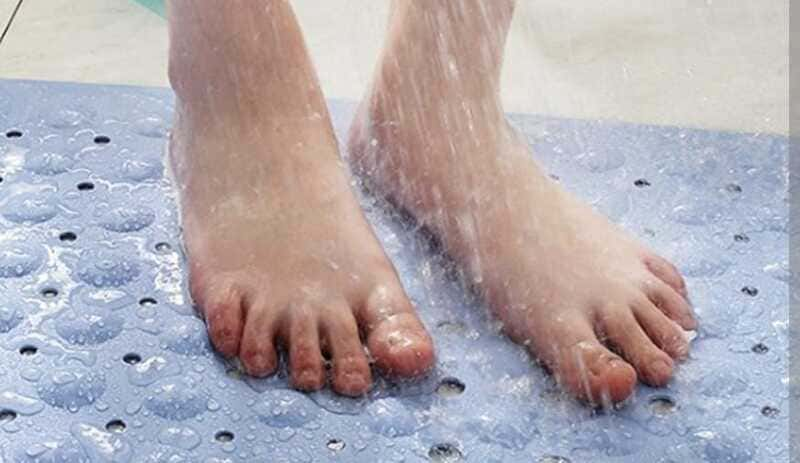Child safety is an important concern for any parent or caregiver. As children explore and learn about their environment, it is important that the home is a safe and hazard-free place. From fall prevention to kitchen safety, there are many aspects to consider when ensuring child safety in the home.
In this article, we’ll explore everything about child safety in the home, from accident prevention measures to pool safety.

We’ll discuss best practices for keeping children safe at home, including how to prevent falls, secure household chemicals and educate children about safety in emergency situations.
While it is not possible to prevent all accidents, taking steps to ensure child safety in the home can help protect children and provide peace of mind for parents and caregivers.
Fall Prevention.
Fall prevention is a key aspect of child safety in the home. Young children are at high risk for falls because of their natural curiosity and tendency to explore their environment. Fortunately, there are steps parents can take to minimize the risk of falls in the home.
One of the most effective ways to prevent falls in the home is by installing corner guards on furniture. Children often wobble and fall while learning to walk, so sharp corners can be especially dangerous. Installing corner guards can help prevent injuries by cushioning any impact.

Another important safety measure to prevent falls is the installation of stair railings. Stairs can be a particularly high hazard for young children, as even a fall from the top of the stairs can be serious. Installing stair railings is an effective way to prevent young children from climbing or descending stairs unsupervised.

Window safety locks are also an important measure to prevent falls. Young children are often curious and may try to climb through open windows. Window safety locks can help prevent children from climbing out of open windows and minimize the risk of falls.
Overall, fall prevention is a key aspect of child safety in the home. Parents can take steps to minimize the risk of falls, such as installing corner guards on furniture, stair railings and window safety locks. By taking these preventive measures, parents can help ensure that their homes are safe and child-friendly places.
Bathroom safety.
Among the important aspects to consider for the whole issue of child safety in the home is bathroom safety. The bathroom can be a dangerous place for children, as there are many slippery surfaces and potentially dangerous objects. Therefore, it is important to take steps to ensure bathroom safety.
One of the most effective ways to prevent slips and falls in the bathroom is by installing non-slip mats. These mats have a non-slip surface that can provide additional grip for wet feet and reduce the risk of slips and falls. In addition, it is recommended to keep the bathroom floor dry and free of obstructions to minimize the risk of trips and falls.

Another important measure for bathroom safety is the installation of faucet safety devices. These devices can help prevent hot water burns by limiting the water temperature and ensuring that children cannot access hot water unsupervised.
Proper supervision of children in the bathroom is essential to avoid accidents. Children should never be left alone in the bathtub, even for a short period of time, as drowning can occur in just a few inches of water. In addition, it is important to teach children not to play with the toilet and to keep the lid closed to prevent drowning.
Kitchen safety.
The kitchen is a key place when it comes to all things related to child safety in the home. The kitchen is a dangerous place for children, as there are many sharp objects, hot surfaces and dangerous household chemicals. Therefore, it is essential to take measures to ensure safety in the kitchen.
One of the most important measures for kitchen safety is the installation of safety devices on the stove. These devices can help prevent burns and accidents by limiting the temperature of the stove and automatically shutting it off if smoke or fire is detected. In addition, it is important to ensure that children do not have access to the stove while cooking.
It is essential to properly supervise children while cooking to avoid accidents. Children should never be left alone in the kitchen while hot food is being prepared, as they may accidentally burn or cut themselves. In addition, it is important to keep the handles of pots and pans turned inward to prevent children from grabbing them and knocking them over.

Safe storage of household chemicals is also essential for kitchen safety. Chemicals such as oven cleaners and degreasers can be extremely dangerous to children if ingested. It is therefore recommended to store these products in closed cabinets and out of reach of children.
Pool safety.
The swimming pool is a fun place to enjoy the summer, but it can also be dangerous, especially for children. Therefore, it is essential to take safety measures to minimize the risk of accidents.
One of the most important measures for pool safety is the installation of swimming pool safety fence. Fences can help prevent young children from entering the pool unsupervised and prevent drowning. Fences should be sturdy and have a self-closing, locking gate to prevent children from opening them.
Flotation devices are also important for pool safety. Children who cannot swim well should wear life jackets or arm floats while swimming. These devices can help keep children afloat and prevent drowning.
Proper supervision of children while swimming is essential for pool safety. Children should never be left alone in the pool, even if they can swim well. Adults should be present and vigilant at all times while children are swimming and should have the ability to perform first aid in case of an emergency.
Choking and strangulation prevention.
Prevention of choking and strangulation in children is of utmost importance in all aspects of child safety in the home. It is essential that parents and caregivers know the proper prevention measures to avoid these risks.
One of the most important measures is the removal of small objects that can be accidentally swallowed by children, as this can cause choking. Small objects such as coins and buttons should be kept out of reach of small children and, if needed for play or activity, should be supervised by an adult at all times.
Another important measure is proper supervision of children at play. Young children can be very curious and may try to explore everything around them, including objects that could be dangerous. Therefore, it is important for parents and caregivers to always be present and attentive while children are playing, especially in areas where there are objects that could cause choking or strangulation, such as curtains and blinds.
In addition, it is important to make sure that toys and other objects that children use are designed specifically for their age and are safe. Toys that contain small parts or that can easily come loose can be dangerous and should be avoided.
Proper toy care.
Proper care of toys is essential to ensure the safety and well-being of children. Parents and caregivers should be aware of the importance of purchasing safe toys, disposing of broken or dangerous toys, and properly supervising children while they play with toys.
First, it is critical to purchase safe toys that are designed for the age and developmental stage of children. Toys should have safety certifications and meet quality standards, avoiding those that may be dangerous, such as those with small parts that can be swallowed or toys that can easily break down.
Secondly, it is important to regularly check toys to make sure they are in good condition and do not present risks. Broken or worn toys can be dangerous for children, especially those with parts that can come loose and become a choking hazard. Therefore, it is necessary to inspect toys frequently and discard those that are no longer safe.
Finally, it is essential to properly supervise children while they are playing with toys. Children can be very curious and may explore everything around them, including toys that may be dangerous. Parents and caregivers should be present and attentive while children are playing with toys, especially toys with small parts or those that can be disassembled.

